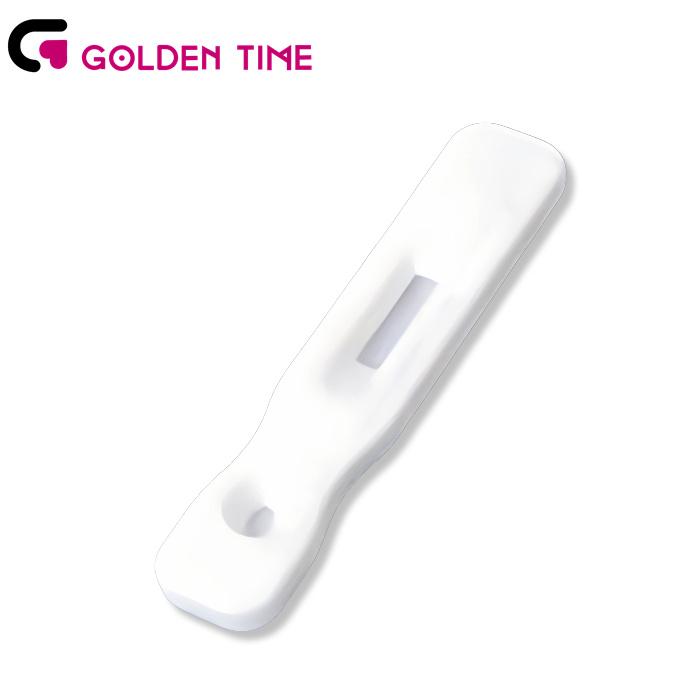Th12 . 17, 2024 14:40 Back to list
2019-ncov antigen rapid test
Understanding the 2019-nCoV Antigen Rapid Test
The global pandemic caused by the novel coronavirus (SARS-CoV-2), commonly referred to as COVID-19, has necessitated the rapid development and deployment of various testing methodologies to control the spread of the virus. Among these methods, the 2019-nCoV antigen rapid test has gained prominence for its speed and efficiency in diagnosing COVID-19. This article will explore the functioning, benefits, limitations, and implications of antigen rapid testing in combating the pandemic.
What is the 2019-nCoV Antigen Rapid Test?
The 2019-nCoV antigen rapid test is a diagnostic tool designed to detect specific proteins (antigens) produced by the SARS-CoV-2 virus. Unlike PCR tests, which identify the genetic material of the virus, antigen tests target specific viral proteins, thereby providing a more immediate result. The test typically involves taking a nasal or throat swab, which is then processed using a simple device that produces a result in a matter of minutes—often within 15 to 30 minutes.
Benefits of Antigen Rapid Testing
One of the main advantages of the antigen rapid test is its speed. Traditional PCR tests, while highly sensitive and specific, can take several hours to days for results to be reported due to laboratory processing times. In contrast, antigen tests can deliver results on-site, making them particularly useful in settings such as schools, airports, and large gatherings where timely decision-making is crucial.
Additionally, antigen tests are generally more cost-effective than PCR tests. The simplicity of administering these tests reduces the need for specialized laboratory equipment, and their lower price point facilitates widespread use, particularly in resource-limited settings.
The rapid nature of these tests also plays a significant role in controlling outbreaks. By quickly identifying individuals who are currently infected, health authorities can implement isolation protocols, contact tracing, and other public health measures to mitigate the spread of the virus.
2019-ncov antigen rapid test

Limitations of Antigen Rapid Testing
While antigen rapid tests have considerable benefits, they also come with limitations. One of the primary concerns is their sensitivity and specificity, which can be lower than that of PCR tests. This means that there is a higher chance of false negatives, especially in individuals with low viral loads. Consequently, a negative result from an antigen test does not completely rule out COVID-19 infection, particularly if the individual exhibits symptoms or has been exposed to the virus.
Another limitation is that antigen tests are most effective when a person is at their peak infectious period, usually within the first week of symptom onset. This narrow window means that these tests may miss cases if used later in the course of infection, prompting recommendations for confirmatory testing with a PCR method, especially if symptoms arise or exposure to a confirmed case occurs.
The Role of Antigen Testing in Public Health Strategies
Given the ongoing presence of COVID-19 in many regions, antigen rapid testing can serve as a vital component of public health strategy. By using these tests in conjunction with other measures—such as vaccination, physical distancing, mask-wearing, and regular PCR testing—communities can create a multifaceted defense against the virus.
Public health organizations are encouraging widespread testing to help identify and isolate infected individuals quickly, which can significantly reduce transmission rates within communities. Furthermore, the integration of antigen testing into routine screening programs, especially in high-risk environments like healthcare facilities, can help safeguard vulnerable populations.
Conclusion
As the world continues to navigate the challenges posed by COVID-19, the 2019-nCoV antigen rapid test represents a promising tool in the ongoing battle against the virus. Its speed, cost-effectiveness, and ease of use make it an appealing option for widespread testing. However, it is essential to understand its limitations and to use these tests as part of a broader strategy for mitigating the spread of COVID-19. Through a combination of rapid testing, vaccination, and adherence to public health guidelines, communities can work towards controlling the pandemic and protecting public health.
-
Dengue NS1 Rapid Diagnostic Test Kit
NewsMar.07,2025
-
Dengue NS1 Rapid Diagnostic Test Kit
NewsMar.07,2025
-
Dengue NS1 Rapid Diagnostic Test Kit
NewsMar.07,2025
-
Transferrin Rapid Test Cassette Tumor Marker TF Card
NewsMar.07,2025
-
Malaria Pf Pan Rapid Diagnostic Test Kit
NewsMar.07,2025
-
malaria pf / pan ag rapid test
NewsMar.07,2025

